As the sound of gunfire crackled like sparks around the streets of Dublin on the morning of Sunday November 21, 1920, Jane Boyle's home on Lennox Street was silent. The nearby canal at Portobello was still and dappled with bright sunlight.
People had been killed around her home before; she had even offered in the past to hide guns at the butcher shop on Talbot Street where she worked for some of the IRA men ghosting into bedrooms that morning to kill British spies and agents. But only happy thoughts occupied her mind now.
She went to Mass on Harrington Street with Daniel Byron at the church where they would marry at the end of the week. They travelled across the city to Croke Park that afternoon to watch a football match between Dublin and Tipperary.
They would have heard the chatter on the trams and in the streets: British spies across the city killed by the IRA; panic gripping the city. In a brutal War of Independence, every atrocity was met head-on by reprisal. Everyone knew what was coming next. No one knew where.
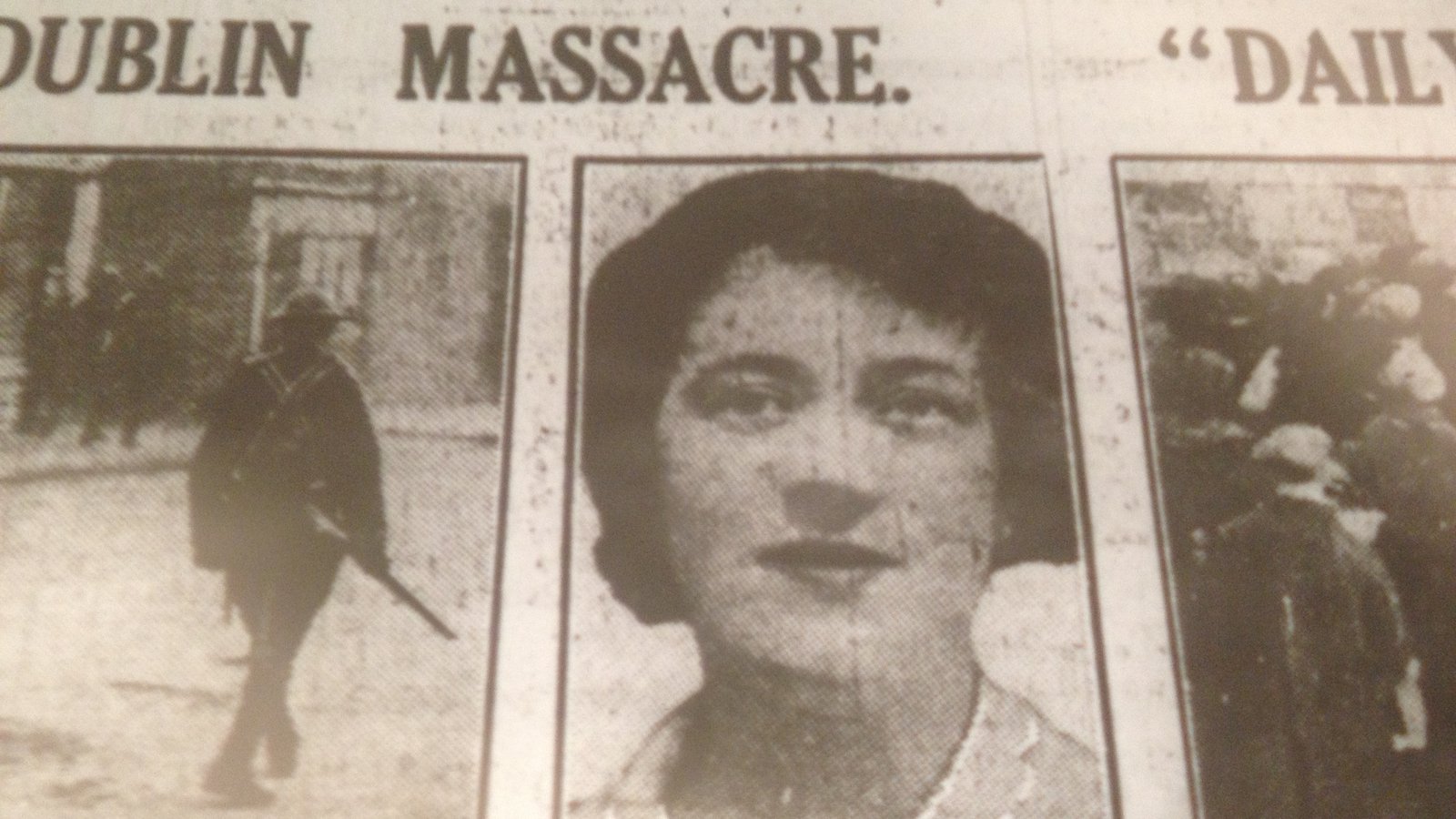
Jane Boylan (centre), who was shot when holding hands with her fiancé. She was buried in her wedding dress.
At Croke Park Jane and Daniel held hands near the halfway line on the bank where the Cusack Stand now rises. As police trucks rattled onto the bridge traversing the canal outside Croke Park, the game was in full flow near their side of the field.
Then the police suddenly began firing on the crowd. Daniel and Jane ran for the exit where the Cusack Stand now meets Hill 16. In the middle of the firing, Daniel felt Jane's hand weaken. "My fiancée, who had hold of my arm, was shot dead," he said a couple of weeks later. Jane was buried in her wedding dress on the day she was to be married.
The firing lasted 90 seconds. Ninety seconds that claimed 14 victims: schoolboys, bar managers and owners, a butcher shop worker, a farmer, labourers, a mechanic, a van driver and a gas company employee. Ninety seconds of horror that rippled through people's lives and memories into the generations that followed.
The dead came from the countryside and the city, impoverished tenements and comfortable suburbs. Their stories were reduced to a footnote down the years beneath Michael Collins's attempt to paralyse the British intelligence system, but the killings at Croke Park captured Britain's failing grip on Ireland more violently than any other episode in the entire War of Independence.
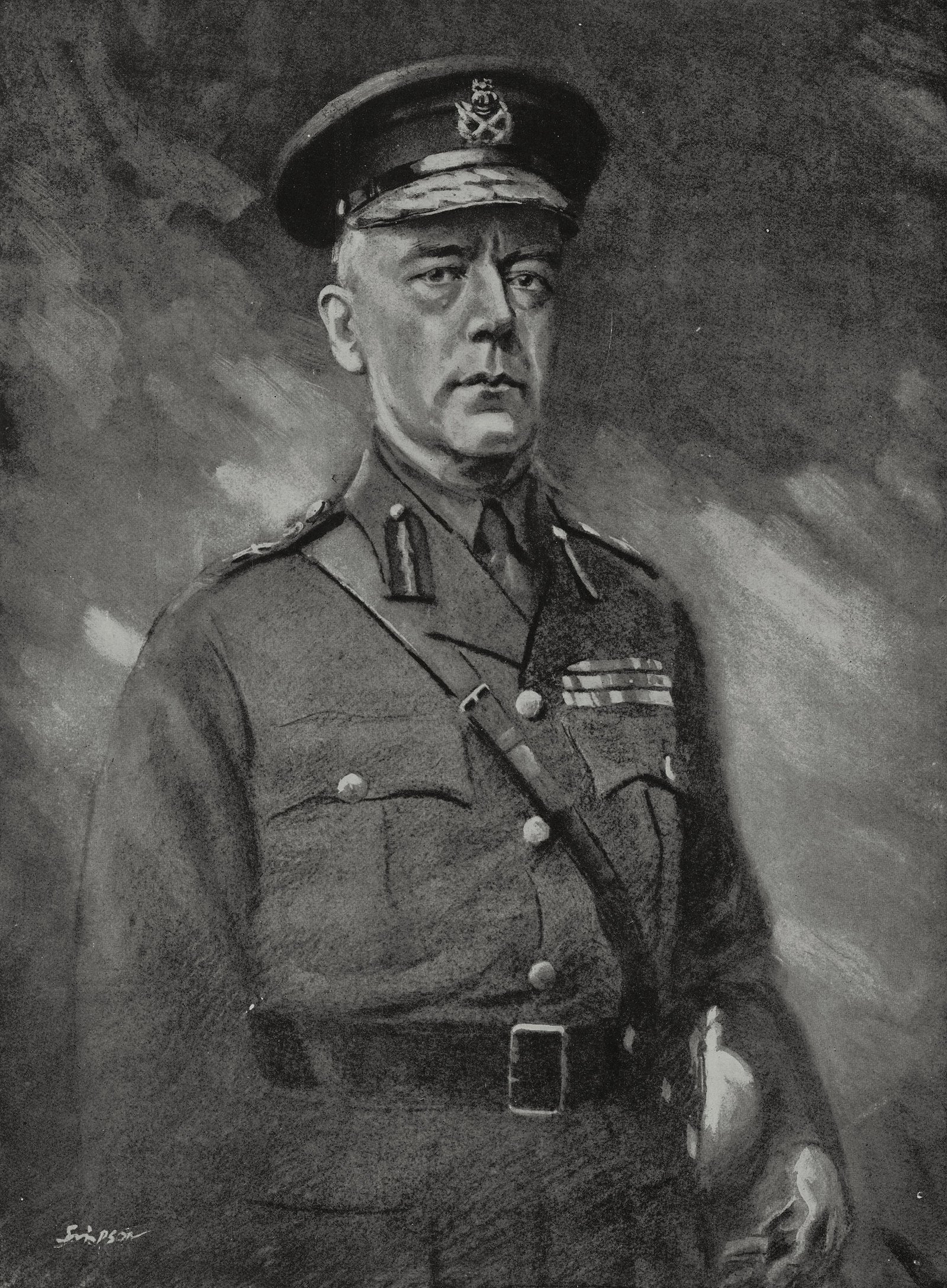
General Sir Nevil Macready in 1920. Image: Getty Images
The idea alone to send police and military to Croke Park epitomised Britain's growing inability to govern Ireland in any sustainable way. On paper and in the head of General Sir Nevil Macready, commander-in-chief of the military in Ireland, it began as a search operation.
A military party would join a police convoy comprising RIC, Black and Tans and Auxiliaries at Croke Park. An officer would enter the field with a megaphone and stop the game, ordering spectators to form lines on the field. Police would perform the searches. The military would ring the ground to ensure an orderly dispersal outside. Maybe something might tumble out.
Their theory had some merit. Some of Collins's men were at Croke Park. The Dublin and Tipperary teams were peppered with IRA volunteers. Of the 14 victims that day, four of them, including Tipperary player Michael Hogan, were also volunteers. But the plan had no hope of success in practice.
The police were already radicalised by months of fighting an invisible enemy, now enraged by the killings that morning. When the trucks appeared on the bridge, the instinctive reaction among those on the street was to run. The sight of the trucks was enough to create the conditions for chaos.
"Take me to mother": the dying words of eleven-year-old William Robinson, the first victim of the massacre
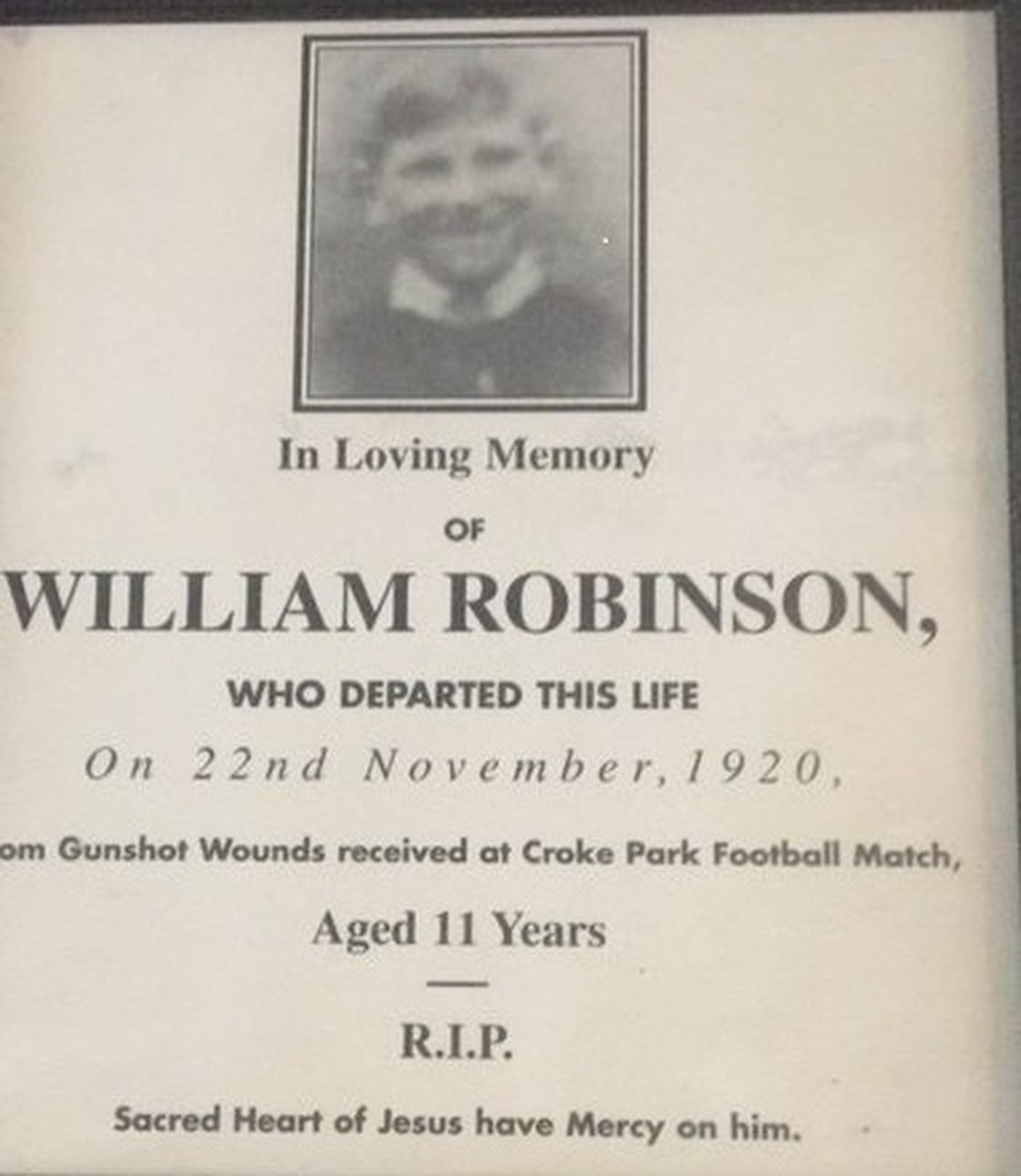
"Take me to Mother"
The killing began with the first shot. Eleven-year-old William Robinson from Little Britain Street in the city centre had climbed a tree at the corner of the modern Hogan Stand near the canal for a better view. As the trucks arrived on the bridge outside, Robinson turned and looked. A bullet hit him in the chest knocking him from the tree. Thomas Doyle, a ticket seller, went to Robinson and picked him up. "Take me to Mother," he said.
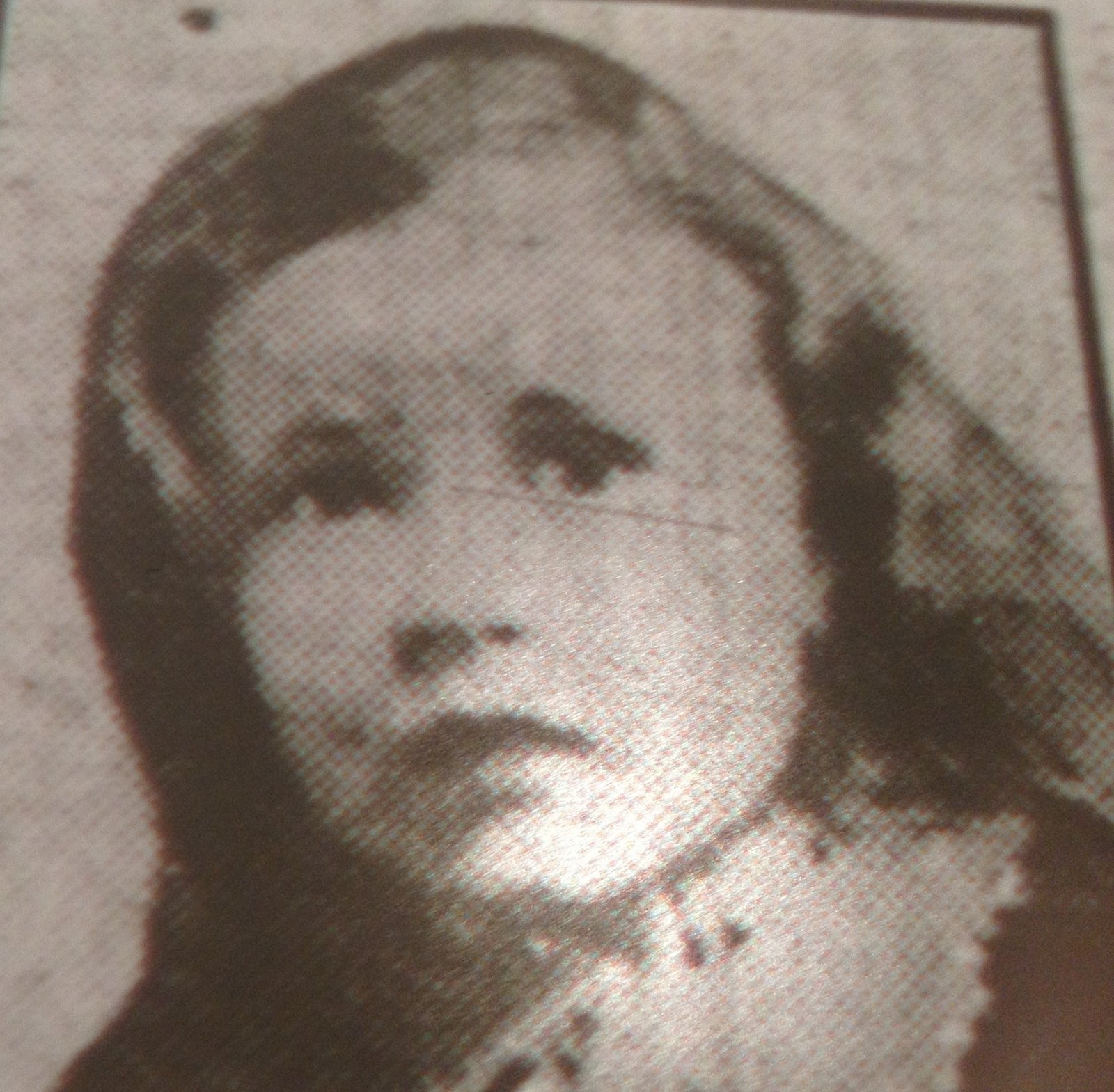
The second victim Jerome O'Leary, who was just ten when he was shot and killed.
Jerome O'Leary was 10 years old, lost in the crowd before being lifted onto the wall behind the canal goal. He was the second victim. Instead of falling into lines, police made for the turnstiles by the canal, upturning ticket sellers' tables and clambering over the wall.
"I landed on my hands and feet," said one Black and Tan in evidence to a military inquiry. "A group of men – between 20 and 25 – were stooping among the crowd away from me between the fence and the wall. I pursued and discharged my revolver in their direction…I aimed at individual men in the crowd, trying to conceal themselves. I chased them across the field nearly to the wall on the east side."
Bullets rattled against the railway wall at the far end of the ground, ploughed up the field and pinged off the wall separating Croke Park from the Belvedere College sportsgrounds. Patrick O'Dowd from Buckingham Street clambered onto the wall to make the 20-foot drop to the other side, then stopped to help others over.
A former soldier recalled for the newspapers the man who pulled him up and dropped him down the other side falling on top of him immediately after, his face covered in blood.
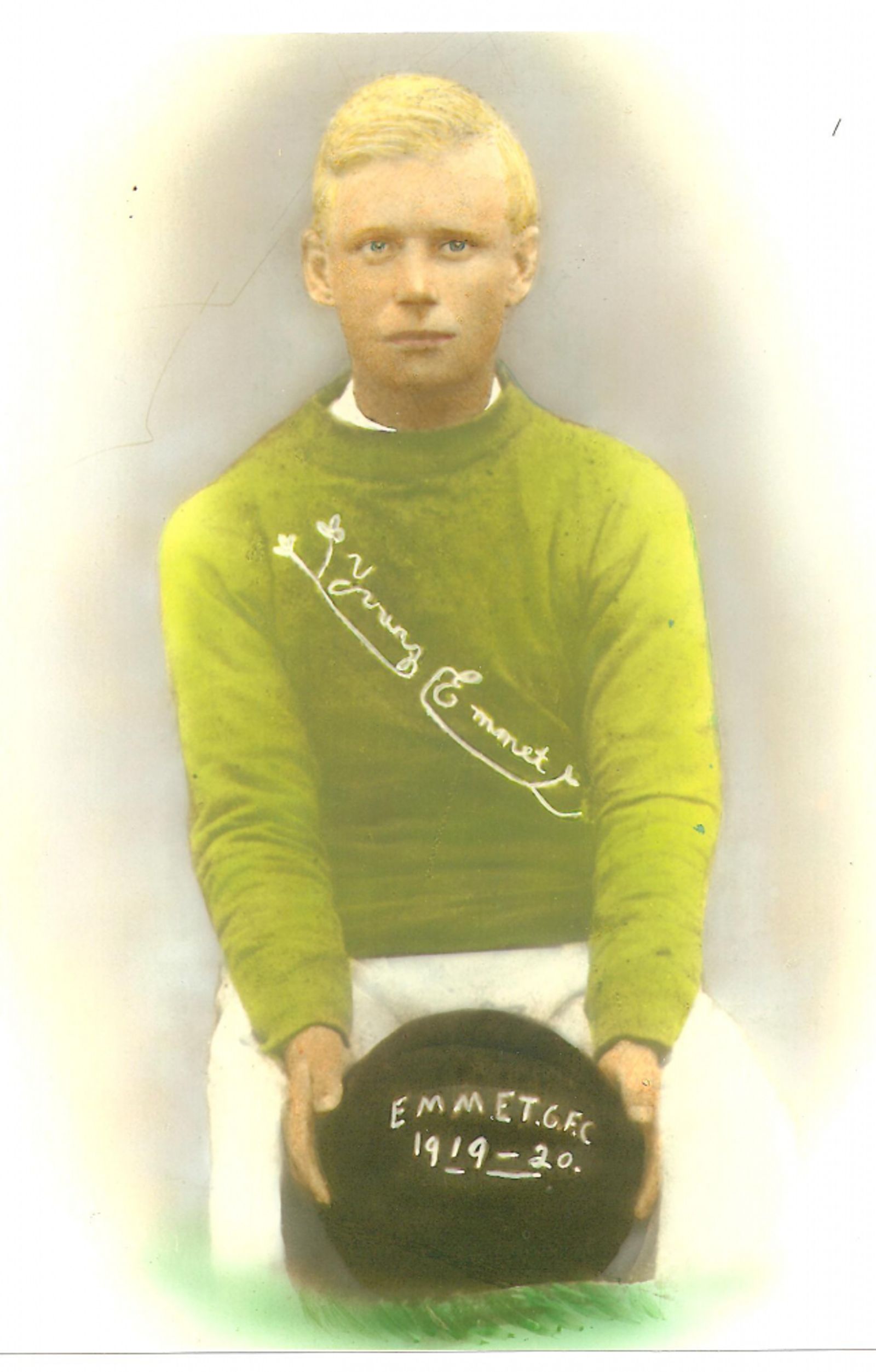
Joseph Traynor, who was shot twice in the back and died on a table in the Ring family's home near Croke Park
Joseph Traynor from Ballymount on the outskirts of Dublin was trying to get over the canal wall when he was shot twice in the back. When the firing stopped, people from the nearby houses came up the canal seeking to help the wounded. Members of the Ring family carried Traynor to their home and laid him on a table in the parlour. He died shortly after arriving in hospital.
Similar scenes were played out around the ground. John William Scott was 14 and lived on Fitzroy Avenue across the road from Croke Park. He died that evening on someone's kitchen table, whispering prayers. Michael Feery from Gardiner Place near Croke Park was found on the bridge, bleeding badly from a thigh wound. His body would lie unclaimed for four days, the newspapers describing daily the small, frail man in his old British army fatigues.
As the firing raged, Michael Hogan, the Tipperary player, crawled towards the edge of the field before being shot in the back. Tom Ryan from Wexford stopped to whisper an Act of Contrition in his ear. He was shot as he crouched over Hogan and died that night in hospital.
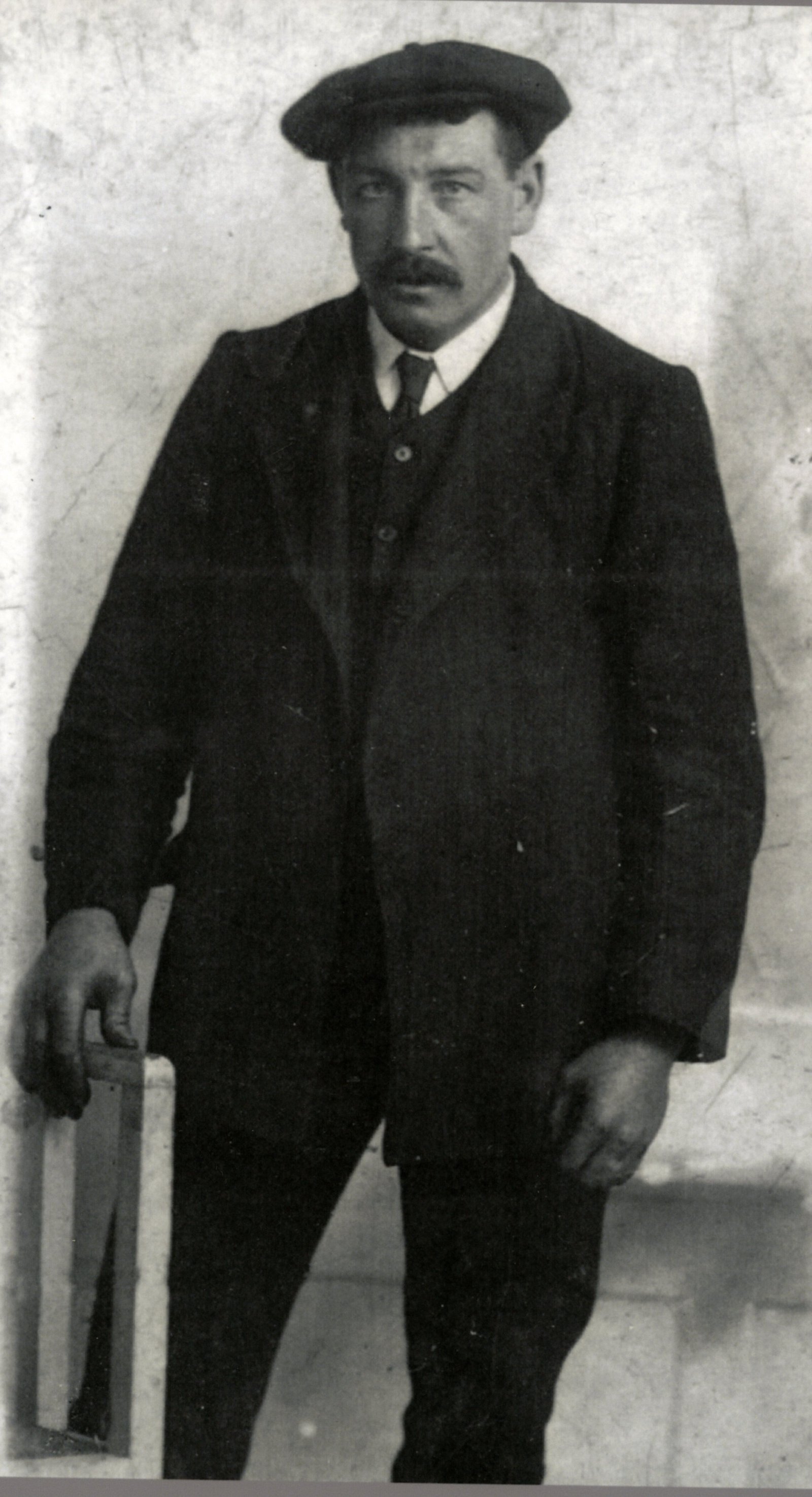
James Matthews, who died after being shot in the leg as he tried to escape the bullets
James Burke and James Teehan were killed in the crush at one exit. James Mathews was hit in the leg as he tried to climb a wall and died. Daniel Carroll escaped the ground but was hit by a bullet from a truck and died from his wounds a couple of days later. Nineteen-year-old Tom Hogan from Limerick lost his arm from a shoulder wound and suffered till the following Friday, the massacre's final victim.
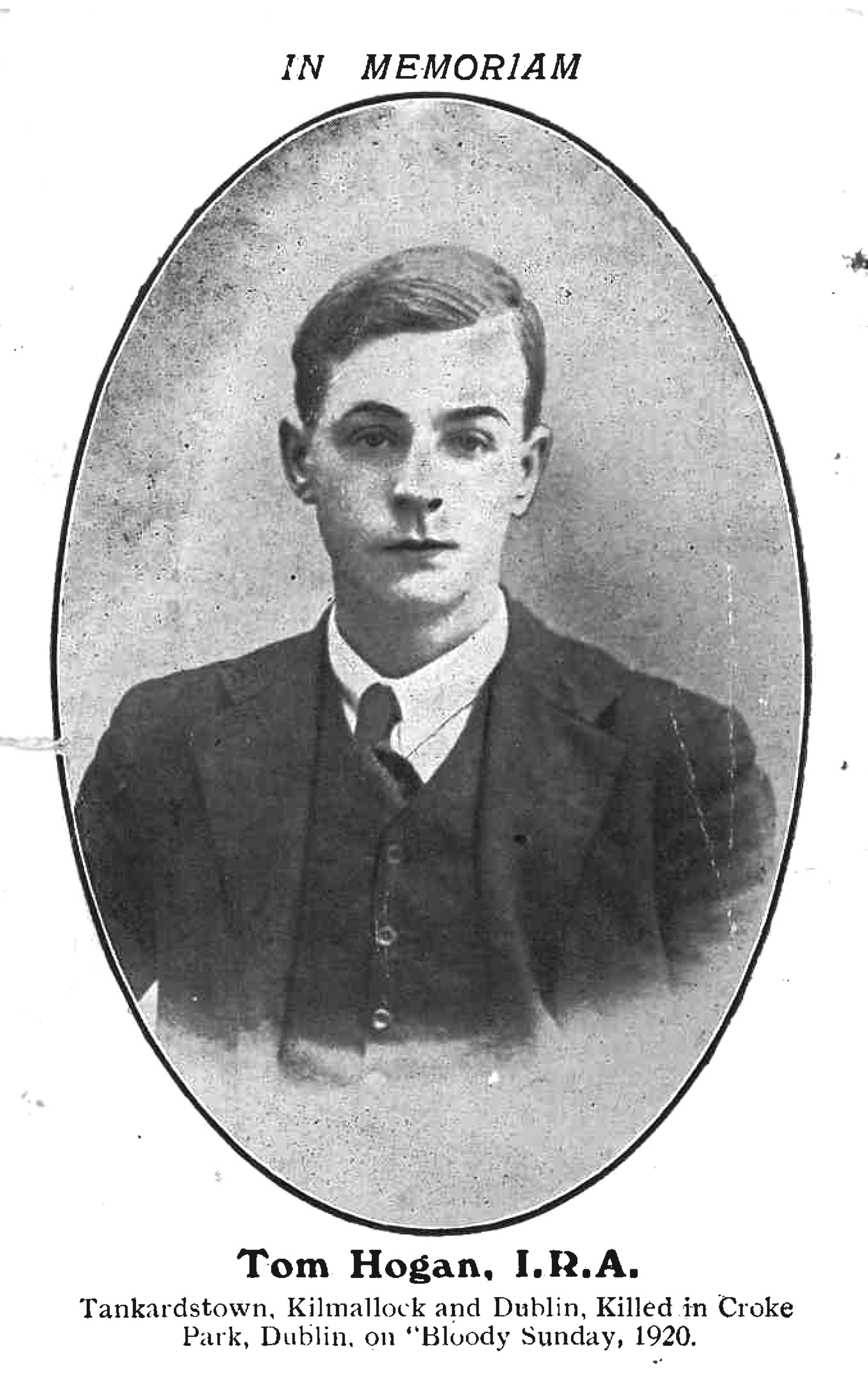
Tom Hogan, the massacre's final victim.
The weeks that followed were dominated by official attempts to bend the story to their will. Reports from Dublin Castle insisted the first shots had come from inside the ground at police and multiple revolvers had been found around Croke Park. A memo written that night by Major EL Mills, officer commanding the Auxiliary force at Croke Park, contradicted that story entirely. The memo was never seen again.
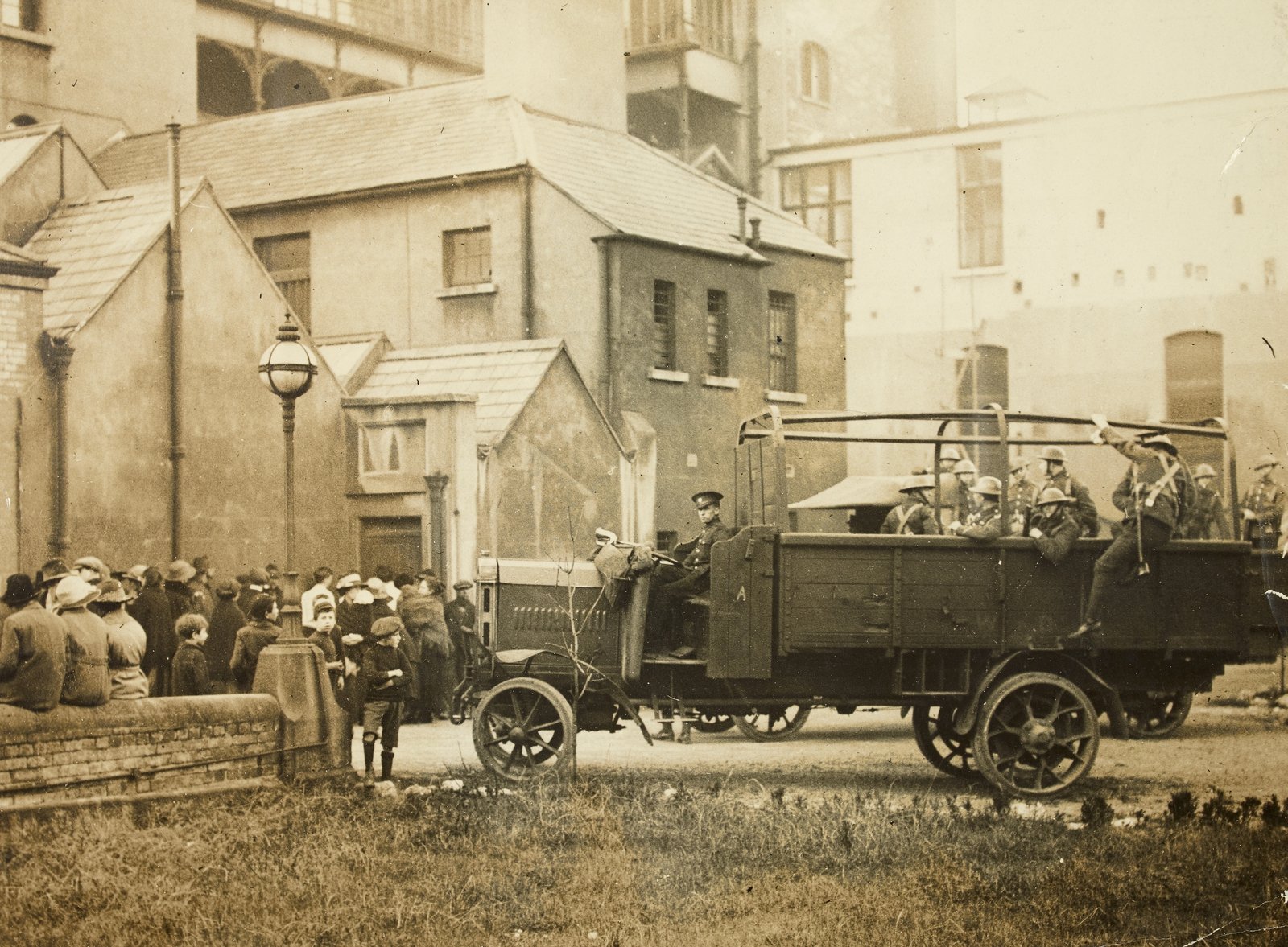
Military and victims' friends in the grounds of Jervis Street Hospital during the Military enquiry into the Croke Park shootings on November 24 1920. Image courtesy of National Library of Ireland
Two courts of military inquiry convened at the Jervis and Mater hospitals both concluded "the firing was started by civilians unknown," according to the Mater report, "that the injuries on the deceased persons were inflicted…by members of the RIC…and by civilians in the football ground."
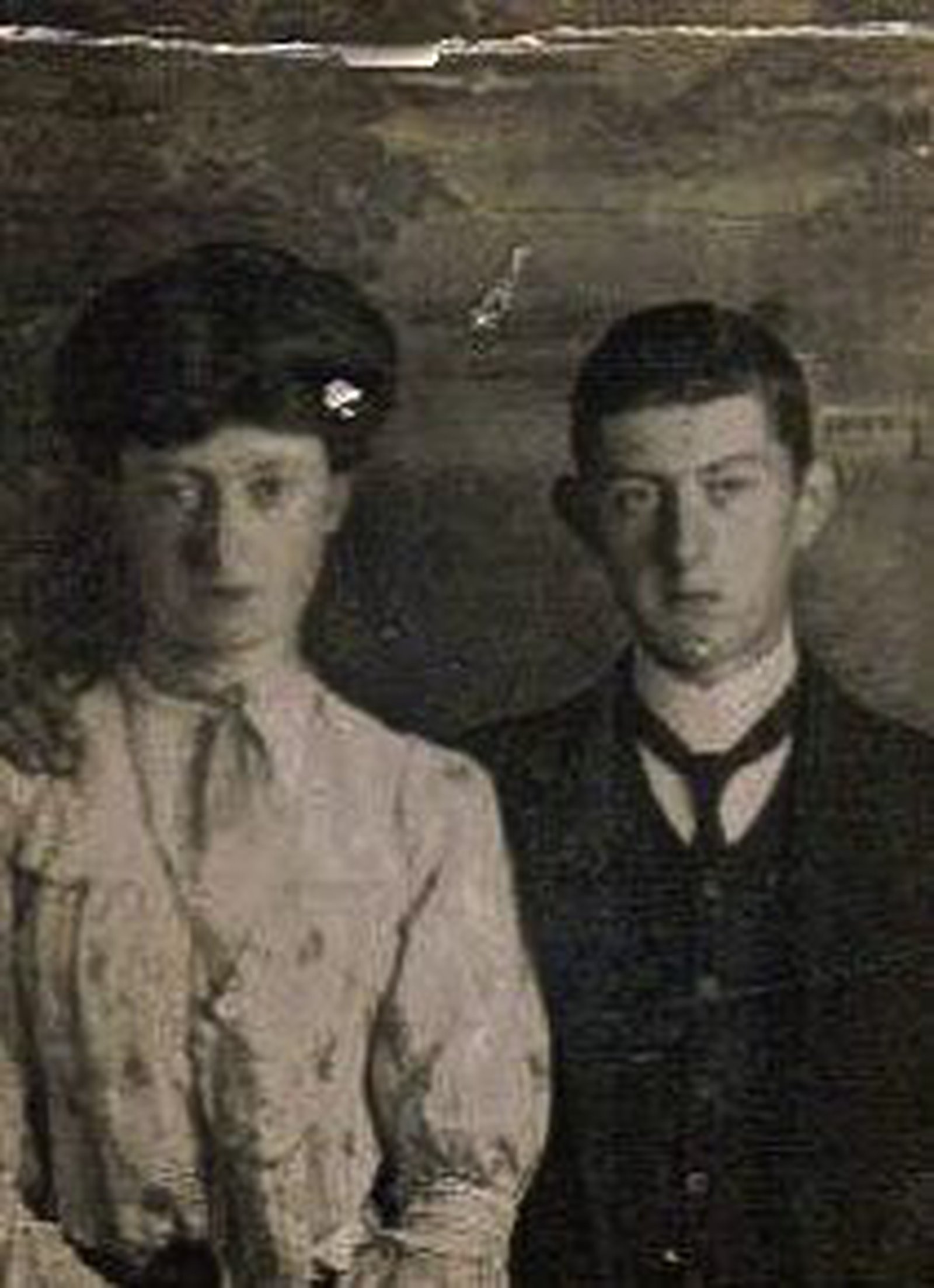
Daniel Carroll, who died from his wounds a few days after the massacre
The reality was starkly different. One gun was found in a nearby garden. Apart from one witness statement, no corroborating evidence of any firing from inside the ground was ever produced. The victims were buried, the story covered over and forgotten. Eight of them lay in unmarked graves for nearly a century.
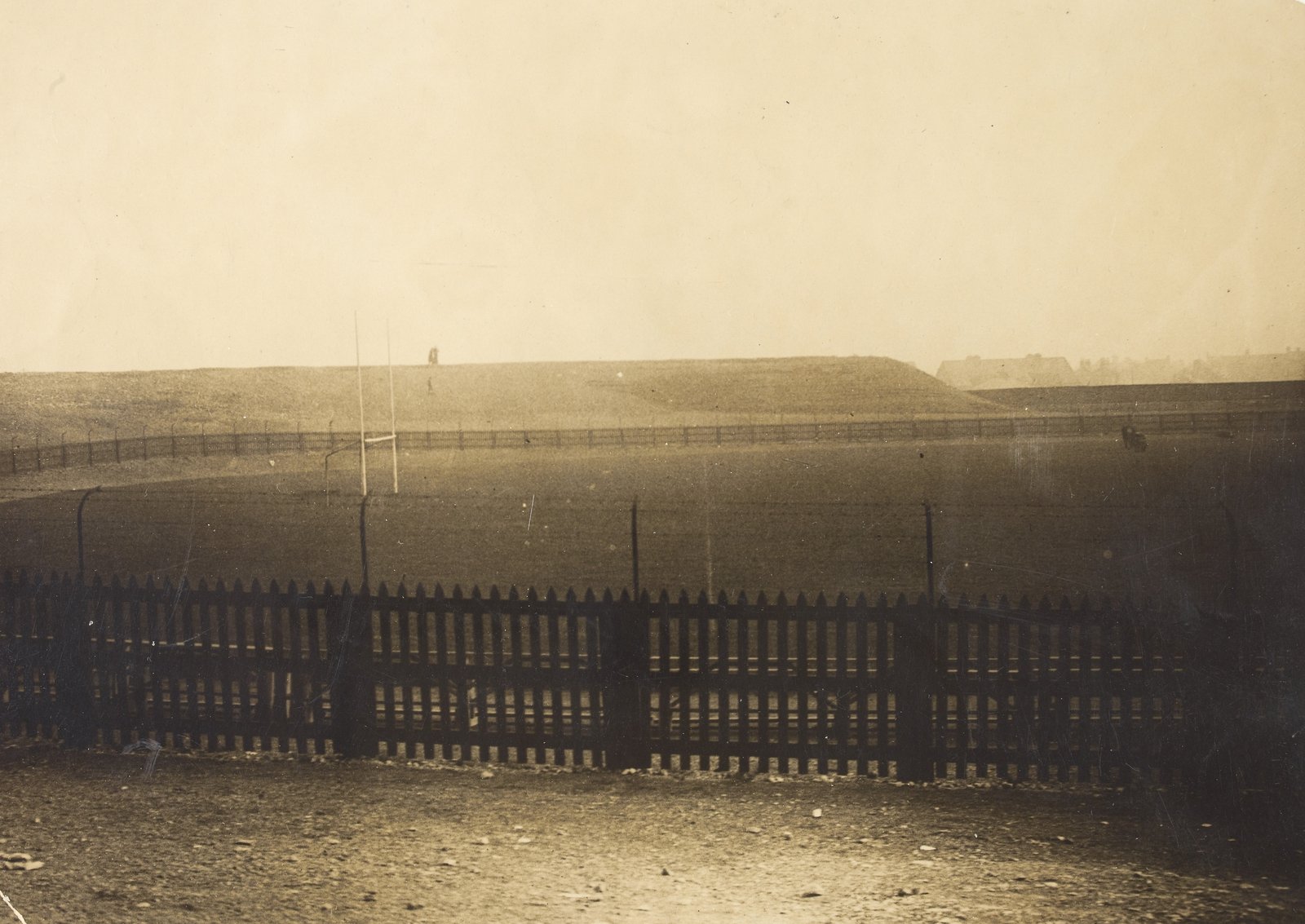
Croke Park on November 22 1920, the day after the massacre. Image courtesy of the National Library of Ireland
The GAA itself struggled in ways to properly process its own grief. Michael Hogan was remembered through the naming of the Hogan Stand in 1926, but the impact of the massacre beyond the occasional emotive political statement was buried for decades into the GAA's collective psyche. Names were forgotten. Stories were lost.
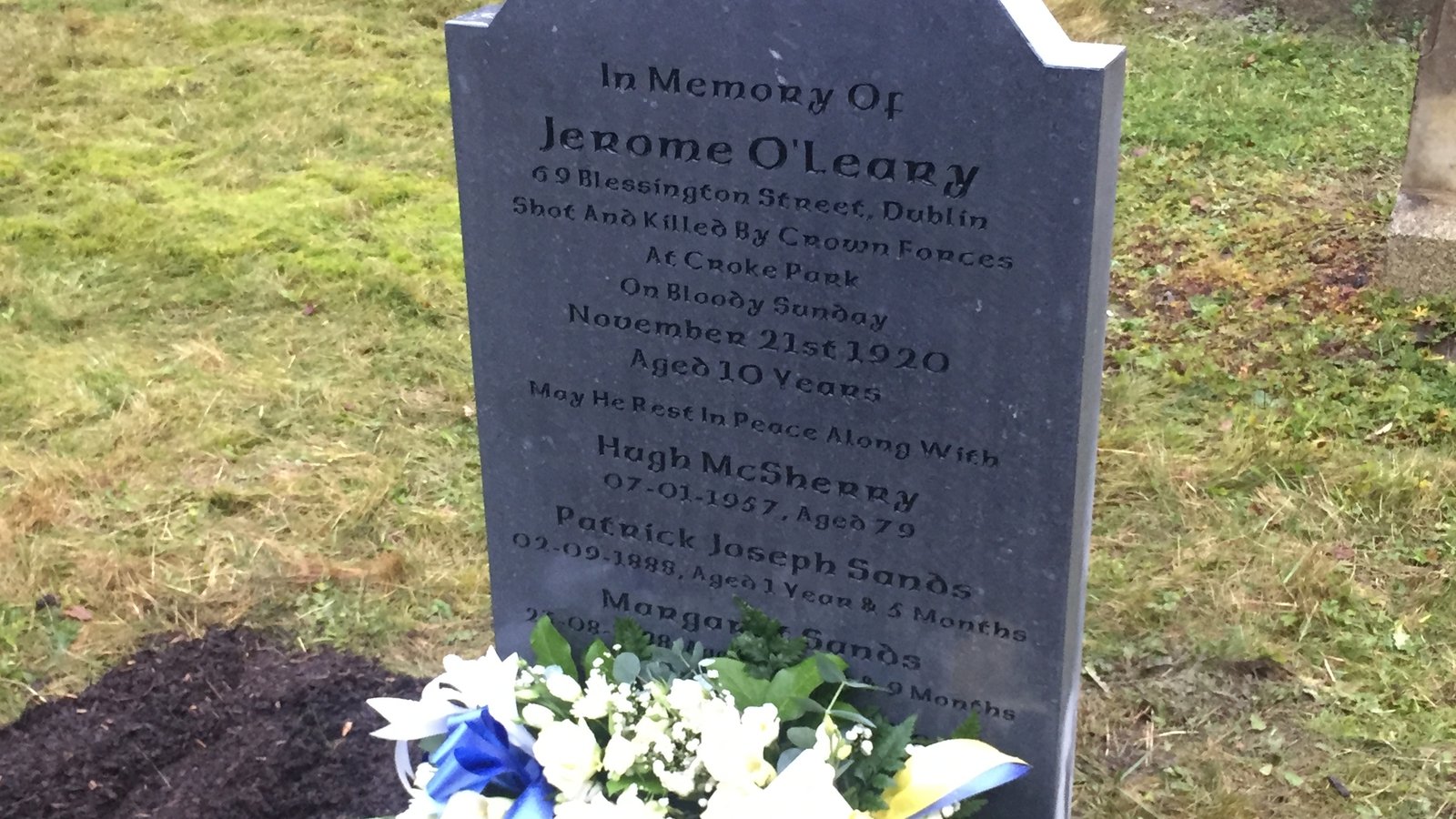
The gravestone of 10-year-old Jerome O'Leary, erected in 2019 as part of the GAA's Bloody Sunday Graves Project
Reflections inspired by moments like the visit of Queen Elizabeth II to Croke Park in 2011 and the Six Nations rugby game in 2007 between Ireland and England at Croke Park allowed the GAA revisit its past in a different way. The GAA's Bloody Sunday Graves Project has worked with families to erect gravestones on the unmarked graves. Families shared old stories and reconnected with their present and their past. The GAA, in its own way, began to do the same.
In November 2015 14 torches were lit on Hill 16 during an International Rules game between Ireland and Australia to remember the dead on the 95th anniversary of the massacre. They will be remembered once more this November. Never again forgotten.
The documentary Bloody Sunday, 1920 airs on RTE1 at 21.35 on November 16, 2020.

